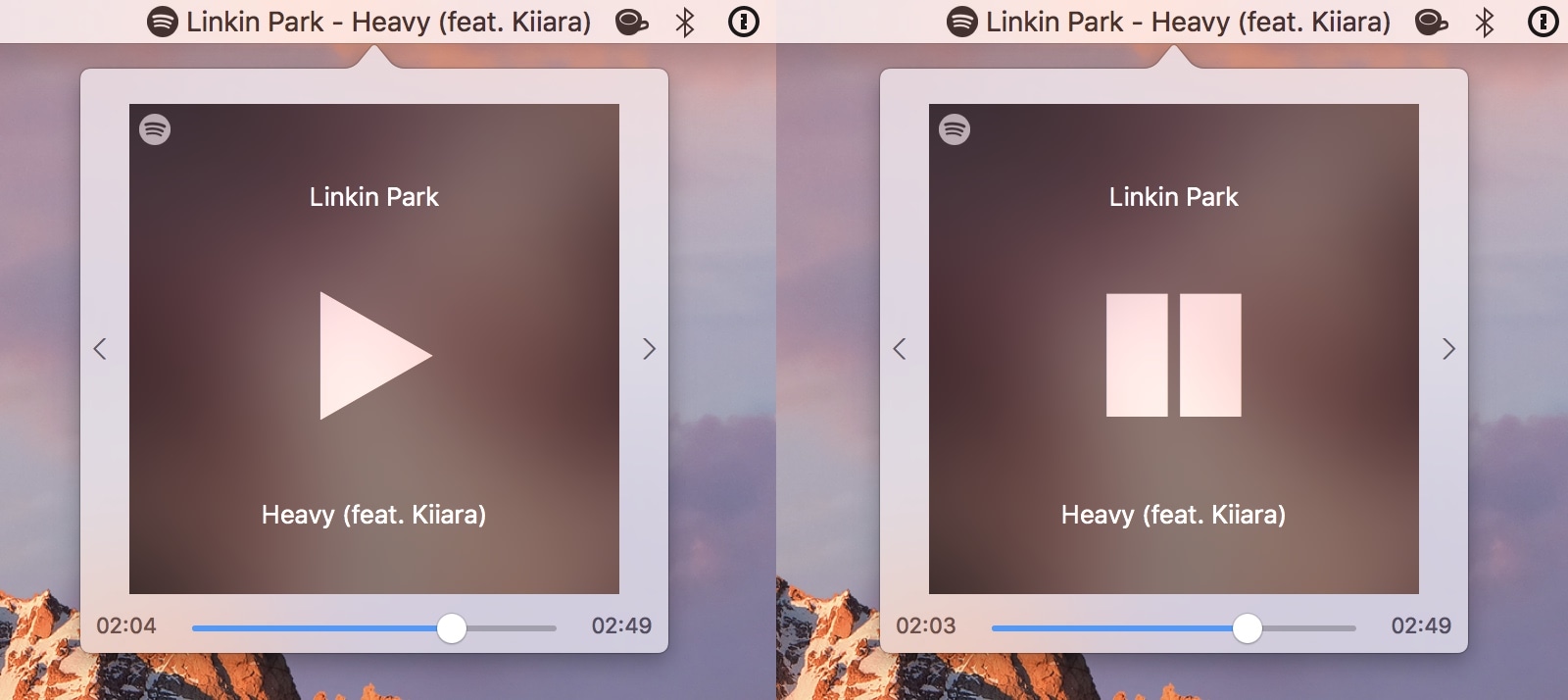

If you are one of them, it is time to roll back to the default resolution.


Many users prefer scaled resolution on their Macs. If you experience your menu bar disappearing, scaled resolution might be the issue behind it. You might need to dive deeper to find a resolution.
Mac move menu bar mac#
If restarting your Mac doesn’t solve your problem permanently. You will first need to log out of them by pressing Shift+Command+Q and then choosing the ‘Restart’ option from the bottom section of the screen. Note: The above shortcut does not apply to Macs with Touch ID. Hence, you can press Control+Command+Power Button to restart your Mac. Then choosing the ‘Restart…’ option, but again this might not work for you as your menu bar could be greyed out, not visible, or just not responding. Well, no surprises here, you can restart your mac by clicking on the apple logo from the menu bar. Though restarting does help by quitting everything and then starting it again in the case, there are processes entangled amongst themselves which is causing the issue. Well, this is troubleshooting #101 and cannot get more basic than this. Thankfully, there are multiple methods to resolve it.Īs they say, many great problems have very simple solutions, we will be starting with some bare-bones basics fixes. To eradicate the problem from its root, we’ll have to understand what is causing such an issue. Snatching away their ability to access some basics of functions. Many M1 Mac users, reported encountering this issue. It enables the users to access a plethora of options and preferences, and when this menu bar starts not responding. The application menu bar located on the top section of the screen is definitely one of the most crucial components of macOS.


 0 kommentar(er)
0 kommentar(er)
